I know when I tell my 8th grade students that we’re starting a poetry unit, there’s usually a collective groan… especially in my classes that have a lot of boys! However, I have learned over the years that we can have a lot of fun with poetry and that by the end of our poetry unit I’ve usually convinced many of my students that poetry’s not so bad after all.
Here are a few of the tricks I have up my sleeve:
#1 – Use music and song lyrics when you can to teach the elements of poetry. There are so many opportunities to use current songs in the classroom. Challenge your students to find examples of figurative language in their favorite song lyrics! Have a class debate to decide if music lyrics are the same as poetry? Have students work with a partner to present their favorite song to the class – they need to discuss meaning and show example of literary terms in their presentation.
#2 – Use Youtube – there are a multitude of videos that illustrate figurative language and literary devices using examples from popular movies and music. There are so many available online it’s a little overwhelming (be sure to preview for inappropriate lyrics!) Here’s a link to one of my favorite videos and it’s always well received by my students!
#3 – Allow your students the chance to be silly! Poetry is all about playing with words and language and there are plenty of opportunities to have fun. As part of learning about figurative language I ask students to write examples on the classroom whiteboard. I hand out about 5 pens at a time and there’s a flurry of activity as students write and then pass the pen to someone else. (The buzz of activity at the board means no students feel put on the spot and they can write anonymously. Or… give each student a sticky note and have them post their example that way. Either way, we have a lot of laughs reading everyone’s examples…. it’s hard to keep a straight face when I read out “He dances like a horse when he eats tacos”!
#4 – Use interactive notebooks and flip books – give your students the chance to use their hands. I love interactive notebooks
/ flip books for a variety of reasons, but one of my favorite things
about them is that it gives my students a break. The chance to get up
out of their seats to grab scissors and glue, the chance to chat with a
neighbor while they’re cutting and the chance to use their hands is the
best way to break up a long 75 minute English class. My students also
really benefit from the ease with which they can use their interactive
activities to do review. Click on the picture below to link to my Figurative Language / Poetry Terms Mini Flip Book. Check out all of my Poetry Resources HERE.
#5 – Don’t be afraid to try something new, step out of your comfort zone and take a risk. Model that for your students and share your adventures together! Have fun!
Thanks for reading! Here’s a fun freebie for you to use as a handy reference and review of Figurative Language with your students. Just click the image below to grab a copy!


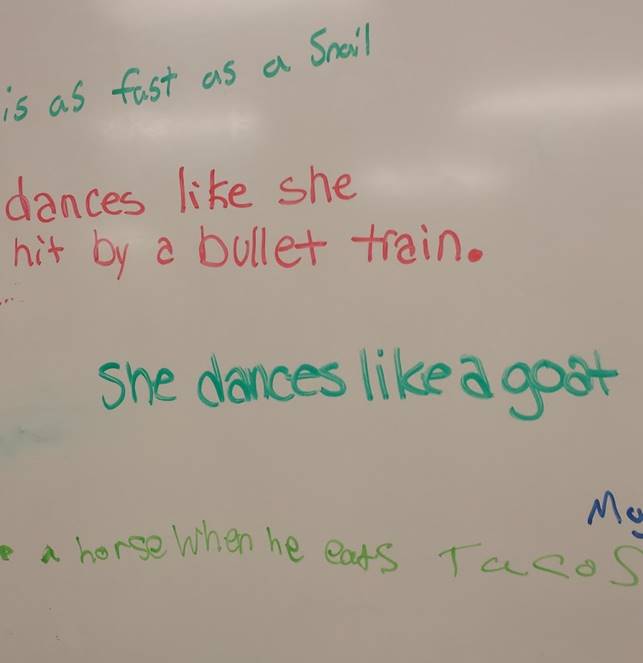
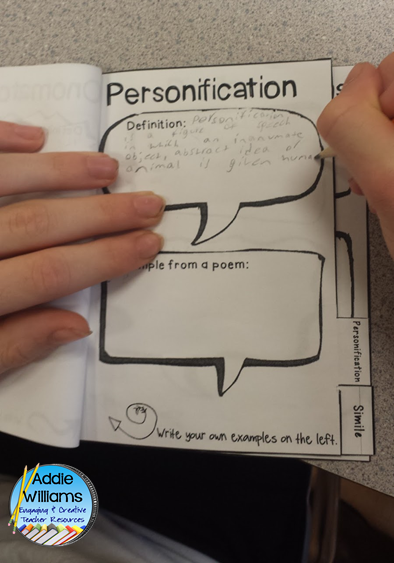
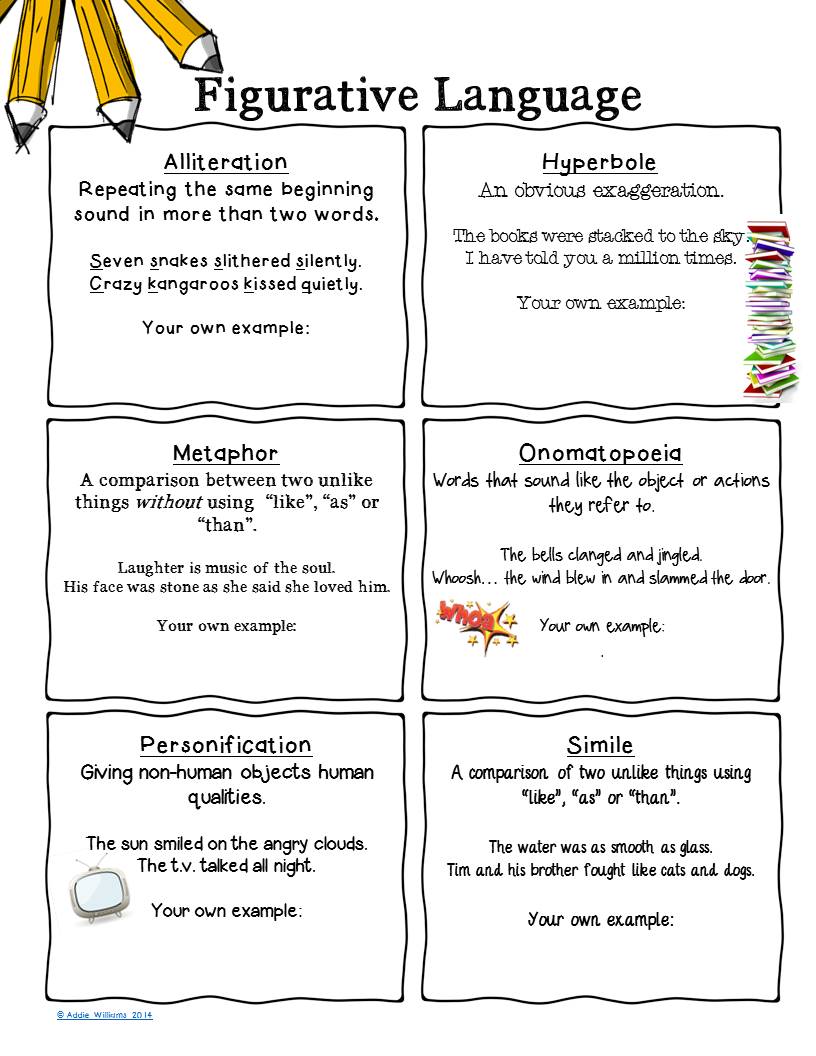

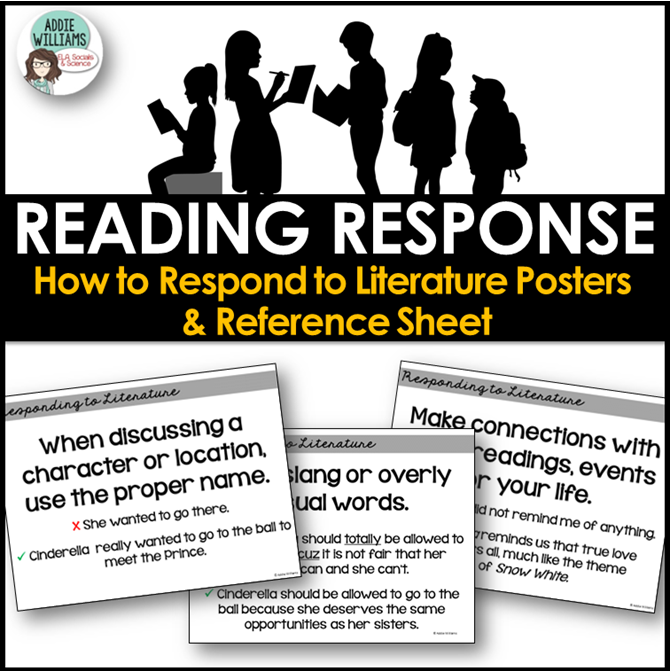

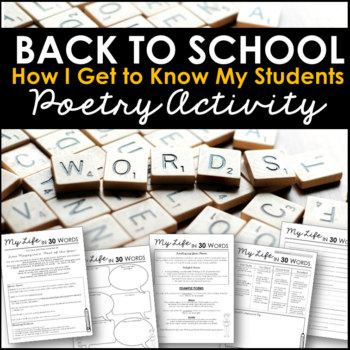
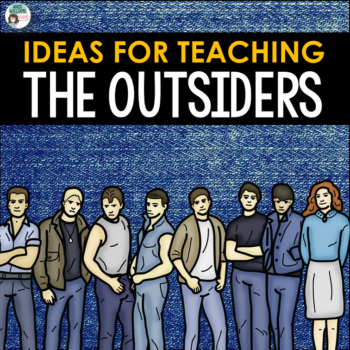
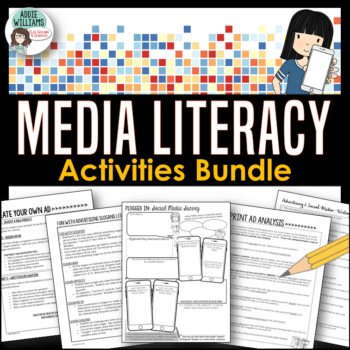 Media Literacy Bundle
Media Literacy Bundle 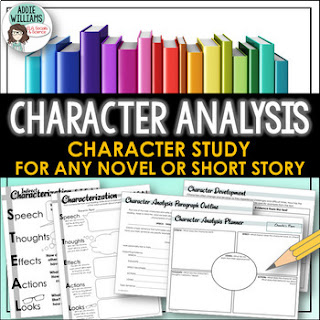 Character Study
Character Study 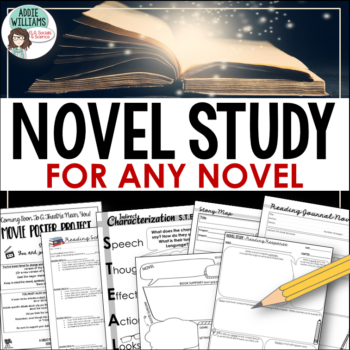 Novel Study
Novel Study 